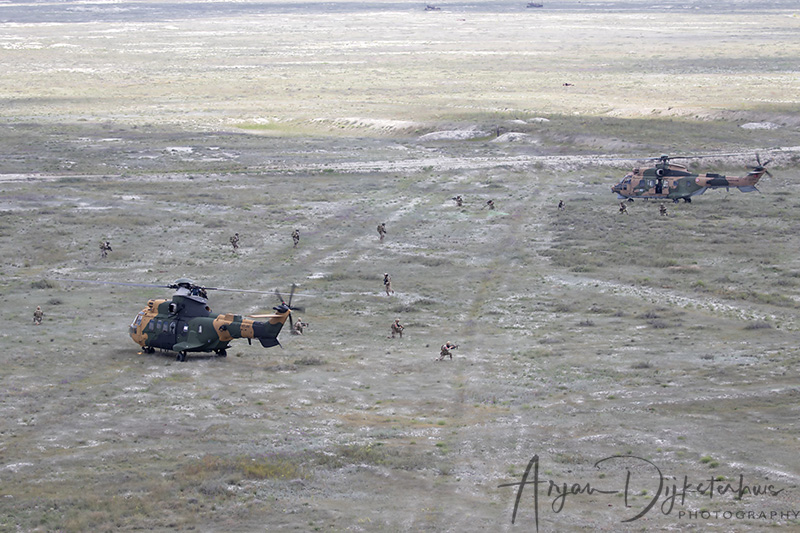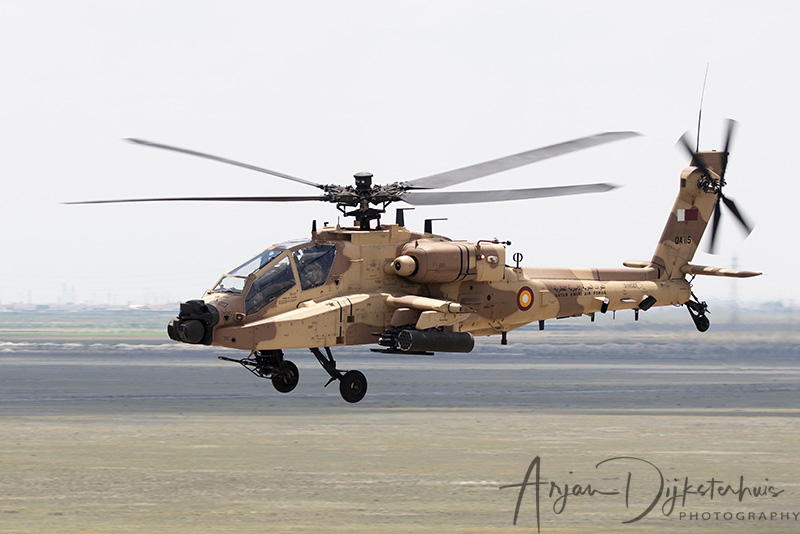
On the 5th of June, the international edition of Anatolian Phoenix (Anadolu Ankası) started at the 3rd Main Jet Base Konya, hosted by the Turkish Air Force (Türk Hava Kuvvetleri) and lasted until Friday the 16th of June. Anatolian Phoenix is a Combined Joint Task Force (CJTF) exercise for combat ready aircrew and personnel. Around four hundred fifteen personnel from, both ground and aircrew from various countries, gathered at the air base. The flying assets consisted of thirteen helicopters, ten fixed wing aircraft and a single UCAV (Unmanned Combat Aerial Vehicle) for this exercise.
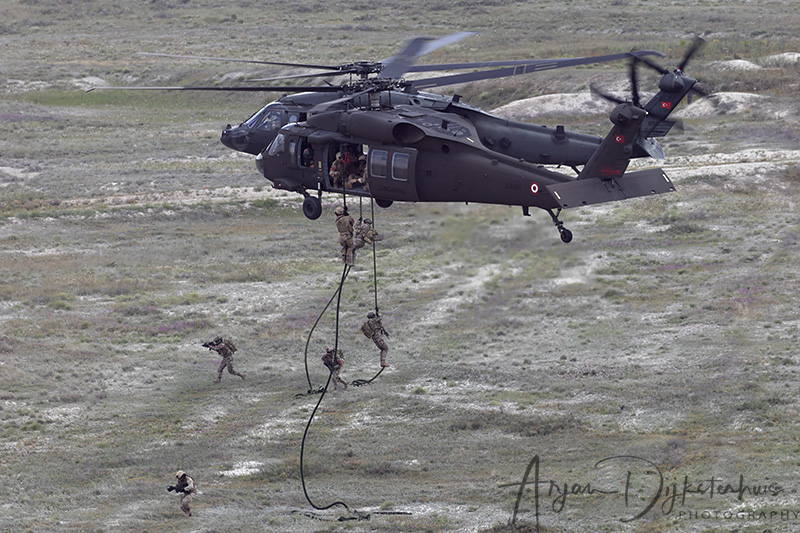
Major Çağrı Önalan, the Project Officer assigned to 135 Filo explained that “Objectives of the exercise are to test and improve the Command and Control (C2) process within the scope of Personnel Recovery (PR) operations, and to increase the training level in a combat environment for all the assets involved in the CSAR Task Force”. The Major continued “Another objective is to improve the survival and evasive procedures and to increase the level of training. To reveal the doctrine, organization, training, material, leadership, personnel and infrastructure needs of a Personnel Recovery operation. But also to test new methods, weapons and equipment. Within the scope of Joint/Combined Operations, missions such as Personnel Recovery (PR), Close Air Support (CAS), Dynamic Targeting (DT) and Time Sensitive Targeting (TST) are planned and executed in the exercise scenarios. Last but not least, to improve the level of interoperability with other countries and to identify areas of cooperation”.
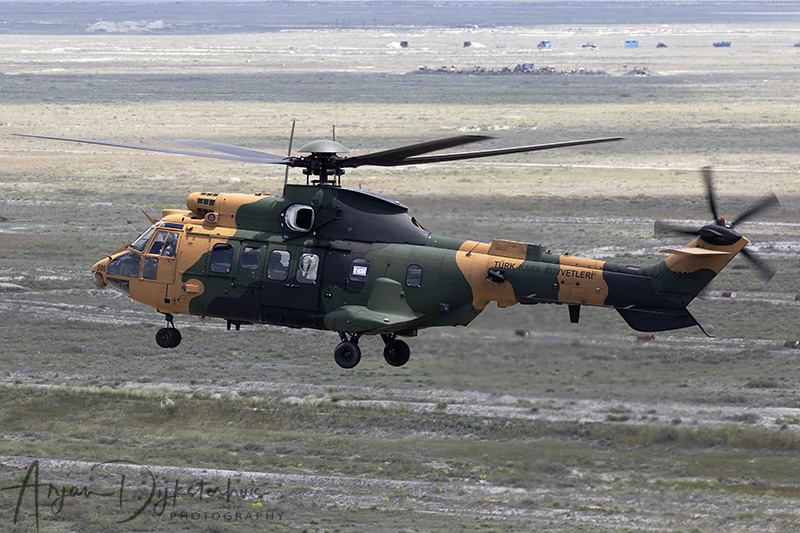
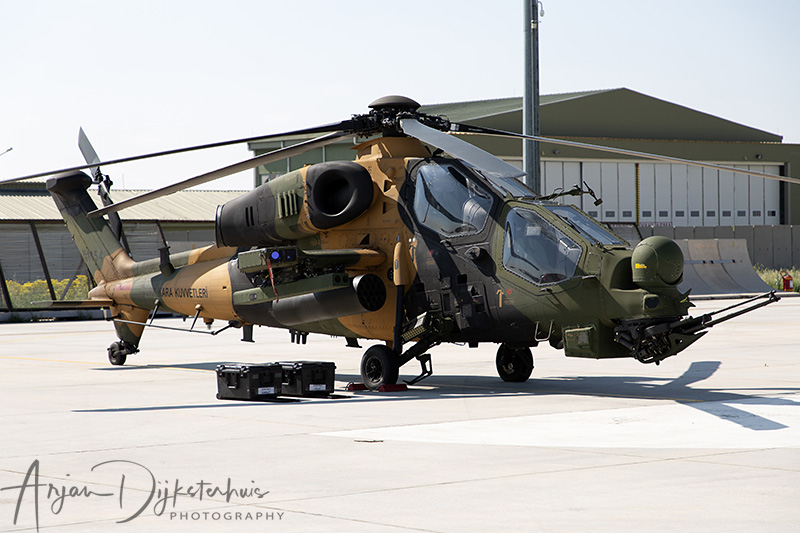
The Türk Kara Kuvvetleri (Turkish Army) attended with a single AS.532UL Cougar transport helicopter from Ankara/Güvercinlik and two T-129B attack helicopters, one arrived from Isparta/Süleyman Demirel while the other T-129B is normally based at Istanbul/Samandıra. One Search and Rescue Team was also participating.
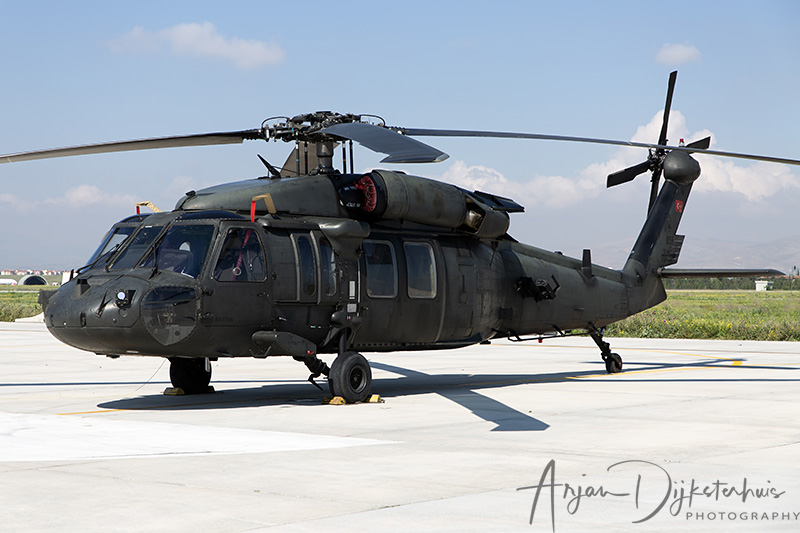
The Turkish Special Forces (Özel Hava Grup Komutanlığı) participated with a Special Forces Team and one of their S-70 Blackhawks from Ankara/Etimesgut. The Turkish Navy (Türk Deniz Kuvvetleri) did not bring flying assets to Konya. One SAT (Su Altı Taaruz) Team which is a Special Forces unit specialised in underwater offensive operations took part in the exercise together with two Amphibious teams.
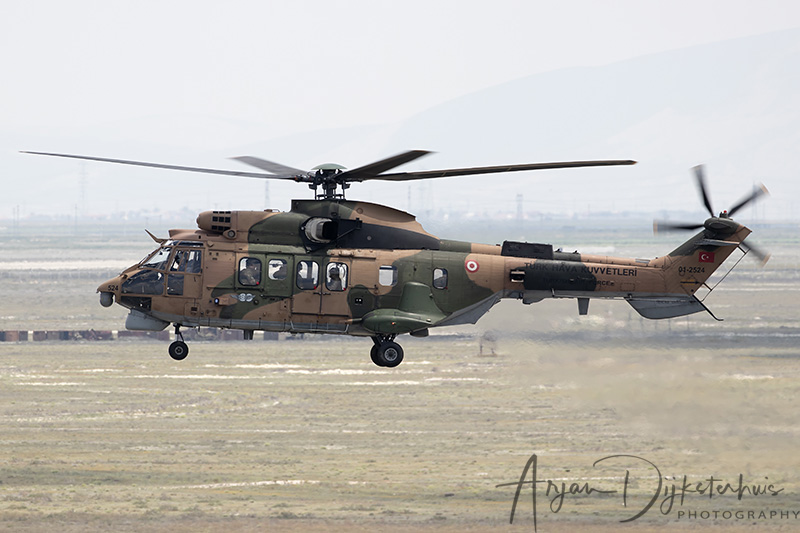
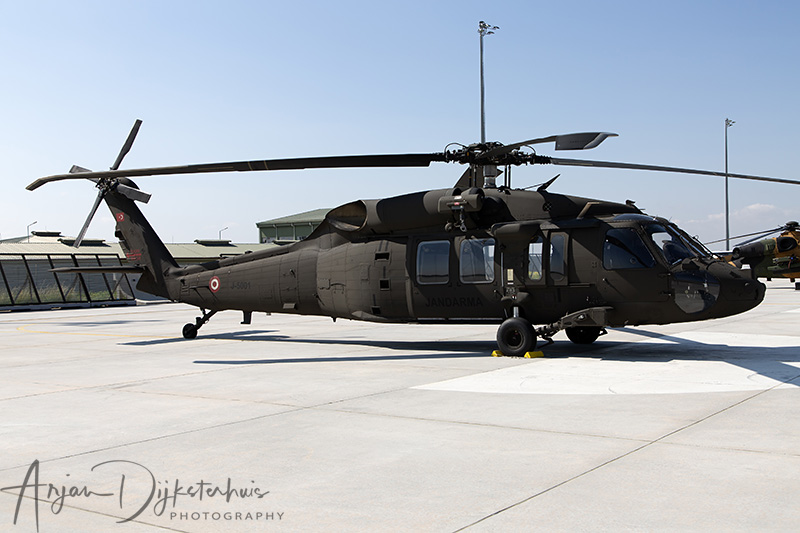
The Turkish Air Force (Türk Hava Kuvvetleri) participated with an Unmanned Combat Aerial Vehicle (UCAV), multiple types of helicopters and fixed wing aircraft. The ANKA-S UCAV (Unmanned Combat Aerial Vehicle) operated out of its homebase. Locally based 131st Filo supported the exercise with a Boeing E-7T Wedgetail AWACS (Airborne Warning and Control System) and provided command and control support (C2). 135 Filo, also based at Konya delivered multiple flying assets; one CASA CN-235 transport aircraft, Two AS.532UL Cougar helicopters and a TAI T-70 Black Hawk. Locally based 132 Filo took part in the exercise with four F-16s. The Turkish Air Force also provided one JTAC team and two other teams for this exercise.
The Jandarma, the Turkish Gendarmerie (Türk Jandarma Havacılık Başkanlığı) attended with one team and one TAI T-70 Black Hawk from Ankara/Güvercinlik.
During this exercise, the participating assets from Azerbaijan were different than in previous years. No helicopters this time, but a pair of Azerbaijan Air Force Sukhoi Su-25 “Frogfoot” Ground Attack fighters instead. Together with four JTAC teams, bringing it up to a total of eighty nine Azerbaijani personnel.
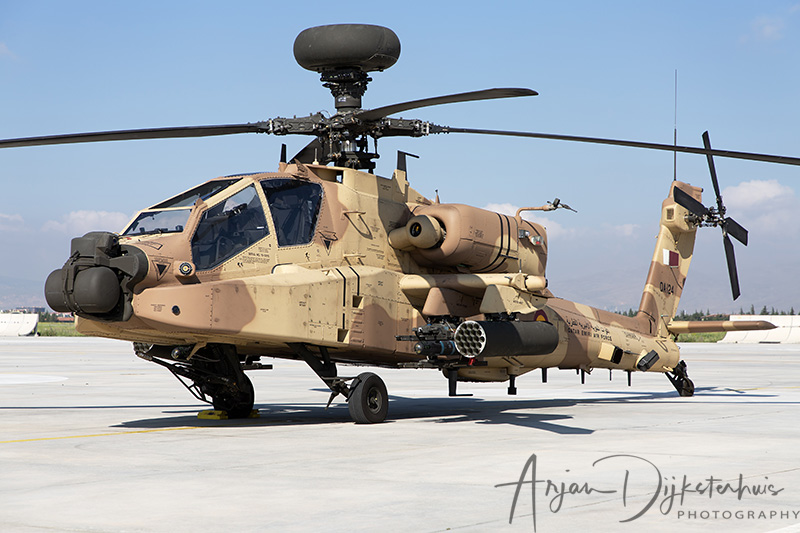
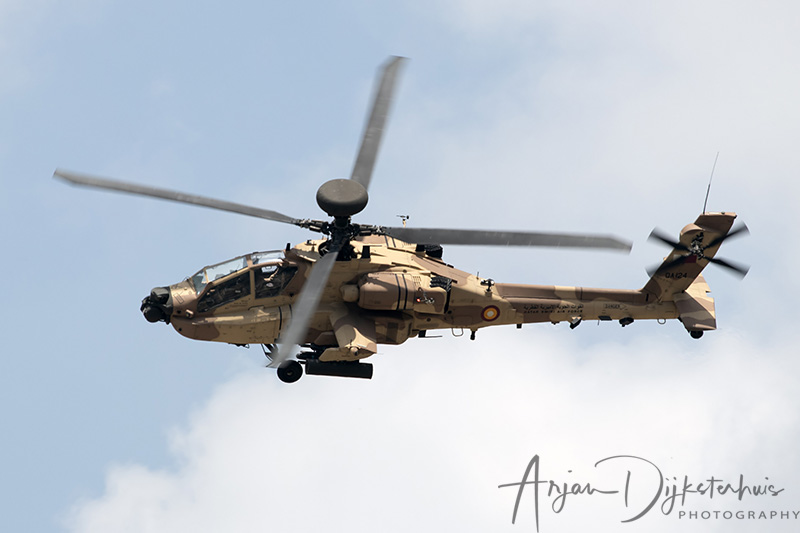
The Qatar Emiri Air Force was well represented during this edition. No less than four helicopters and two fixed wing aircraft took part in the exercise. Among them was a pair of AH-64E Apache’s manned by personnel of the 41st Squadron, part of the helicopter Group, based at Doha Air Base, Qatar. One of the AH-64E Apache’s carried the AN/APG-78 LONGBOW Fire Control Radar (FCR). The Apaches are used for close air support, armed reconnaissance and anti-tank warfare missions. Two AW139 transport helicopters assigned to the 20th Squadron that operates out of Al Udaid Air Base were also present.
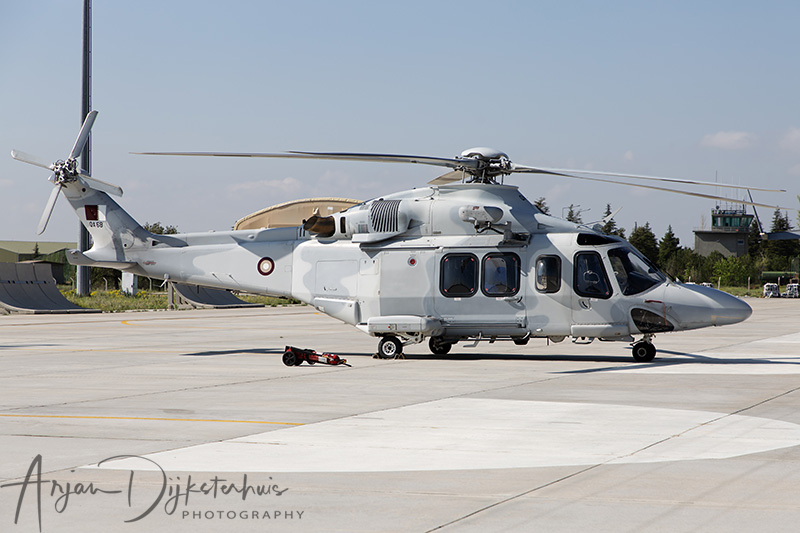
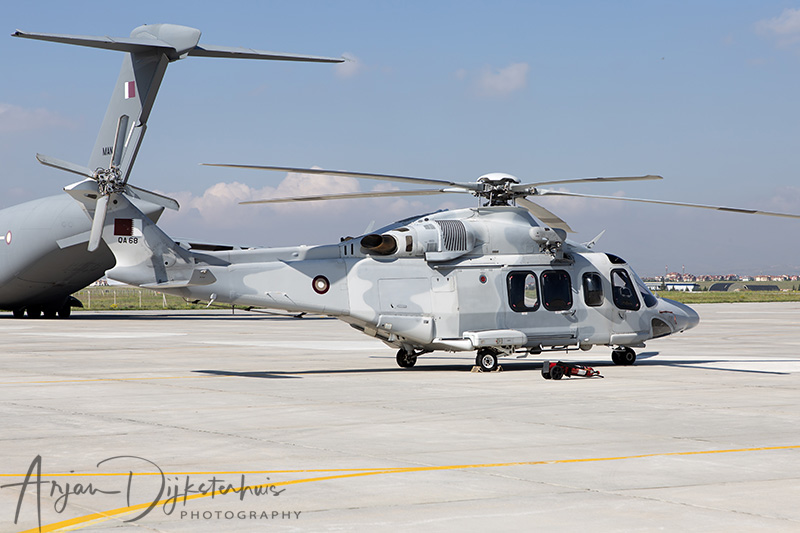
One C-17A, operated by the 10th Transport Squadron and one Lockheed C-130J-30 Hercules aircraft from 12th Squadron participated in the exercise. Both squadrons are assigned to the Airlift Group, based at Al Udaid Ai Base. Four JTAC teams complemented the Qatari delegation for this exercise, making it a total of hundred and twenty two of participating personnel.
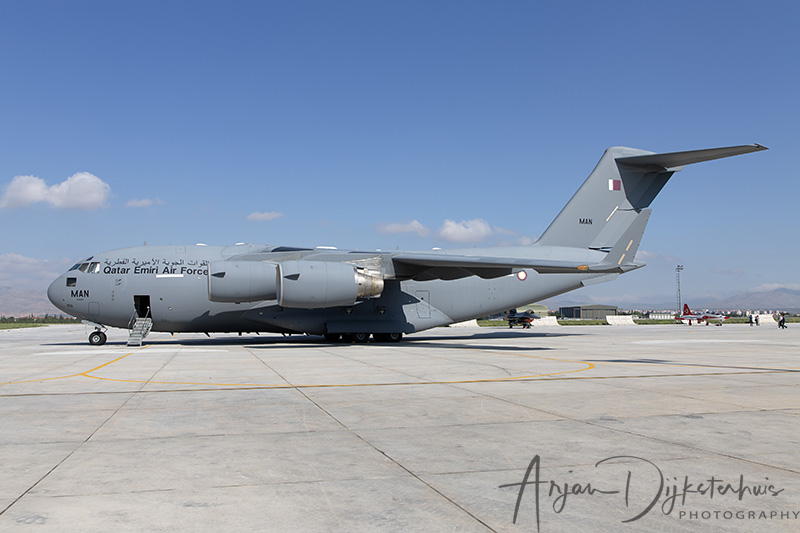
One AS.532UL Cougar from the Turkish Republic of Northern Cyprus Security Forces Command, based in Northern Cyprus, also took part in the exercise together with one Combat Search and Rescue (CSAR) team. JTAC teams from Poland and Spain participated in the first phase of the exercise only.
All missions are planned in a fictive scenario, with conflicts at the border between Blue land and a terrorist organization that is supported by the bordering country Brown land. Several type of missions were flown during the training. The participating aircrew and personnel are responsible for the tactical planning, briefings and the execution of all types of missions, which included HALO (High Altitude Low Opening), CAS (Close Air Support), Convoy protection, CASEVAC (Casualty Evacuation), CSAR (Combat Search and Rescue), ISR (Intelligence, Surveillance, Reconnaissance), Parachute jumping, attack and Reconnaissance (RECCE) missions.
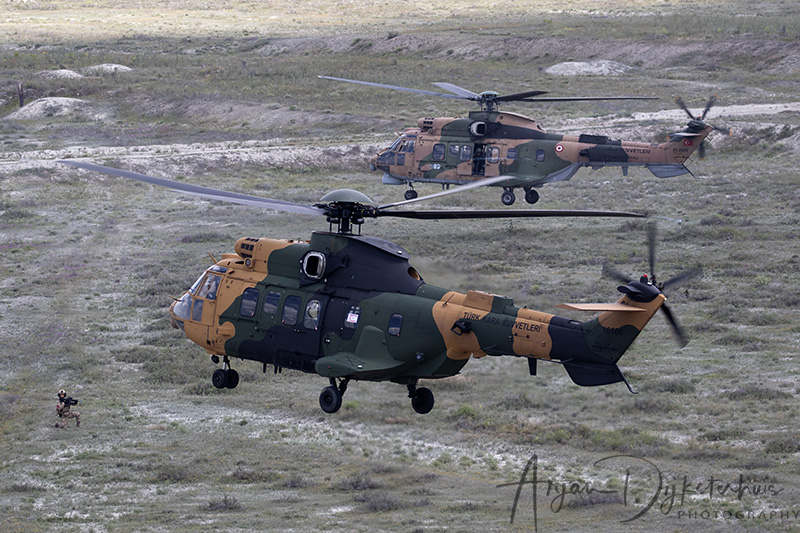
Aviation-photos.nl closely witnessed the execution of several missions at one day. An ANKA-S, a Medium Altitude Long Endurance (MALE) UCAV was already in the air collecting intelligence for the Joint Task Force. A Joint Terminal Attack Controller (JTAC) Team infiltrated while using the HALO (High Altitude-Low Opening) technique while jumping out of the Qatari C-17A transport aircraft. The surface to air threat from the terrorist group, in this case an SA-8 (NATO codename Gecko) low-altitude, short-range surface-to-air-missile system had to be eliminated. The JTAC-ers talked the ‘DAGGER’ flight, consisting of Turkish F-16Cs, to their targets in a Close Air Support (CAS) mission. In the meanwhile, a convoy came under attack by armed vehicles. Live Mk82 bombs were dropped on each target by the F-16s.
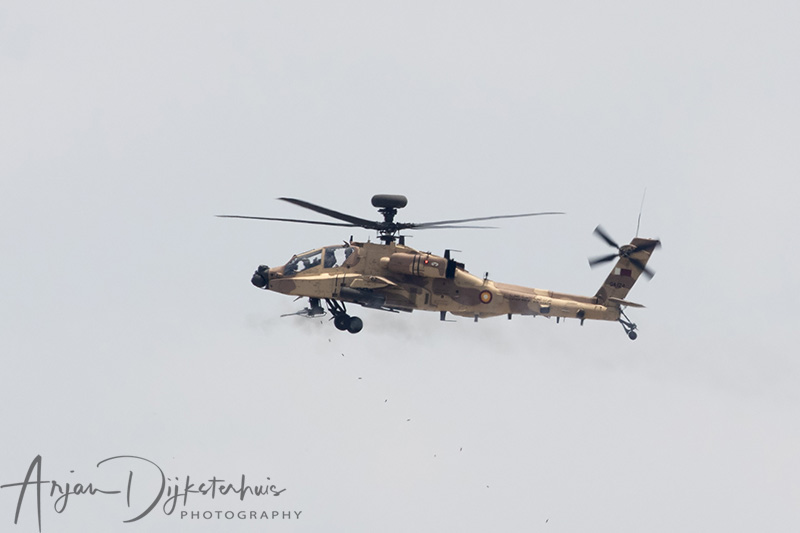
Personnel of the convoy was injured during the attack and had to be evacuated, therefore a CASEVAC (Casualty Evacuation) mission needed to be planned as quickly as possible. A pair of T-129B attack helicopters arrived on the scene and provided Close Air Support for the two AW-139 and a single AS.532UL Cougar transport helicopter. Both the T-129 used their 20 mm cannons to eliminate the enemy threat on the ground.
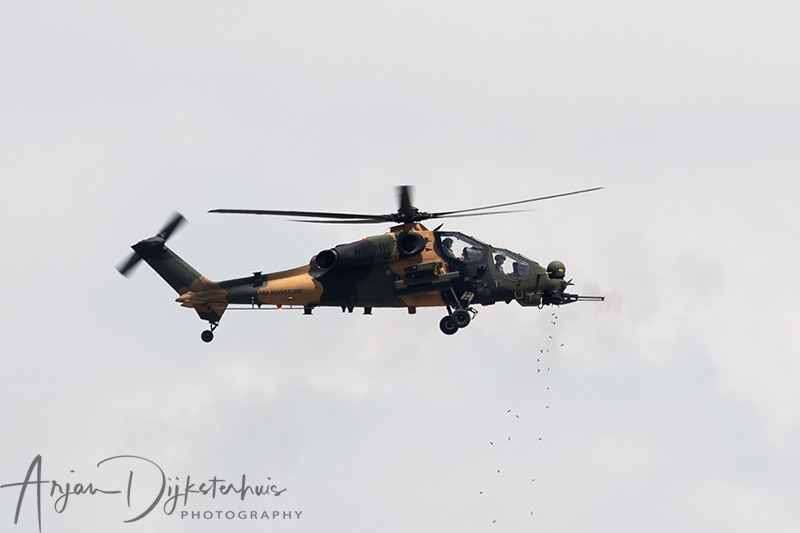
One of the F-16s suffered an engine failure and crashed in this scenario, but the pilot managed to eject successfully. The pilot landed by parachute, but far behind the enemy lines and was now an ISOP (ISOlated Personnel) and had to be rescued during a Combat Search and Rescue (CSAR) mission. The Joint Task Force immediately started to plan a mission while using a fifteen line briefing. Several factors are taken into account while planning a CSAR mission, such as the number of persons that are involved and the condition of the ISOP (e.g. slightly or critical wounded or deceased in a worst case scenario). In this case it was a single pilot with some slight injuries. Enemy treats are also taken into account. The ingress and egress routes needed to be determined.
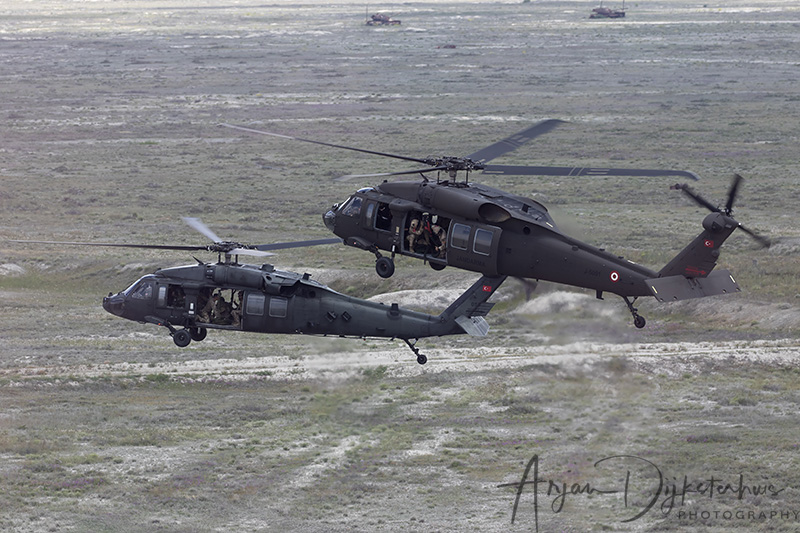
The Special Forces S-70 Black Hawk arrived together with the Jandarma T-70 Black Hawk, delivering Special Forces teams to secure the area. Fast ropes were used to disembark the helicopters as quickly as possible. Four minutes later, a pair of AS.532UL Cougar helicopters arrived at the scene to pick up the downed pilot. The Cougars were continuously covered by a pair of Qatar Emiri Air Force AH-64E Apache attack helicopters that provided the necessary Close Air Support. The crew of the AH-64E Apache’s not only used their M230 30mm automatic chain guns, but also fired 2,75 inch Hydra rockets at their targets during this phase of the mission.
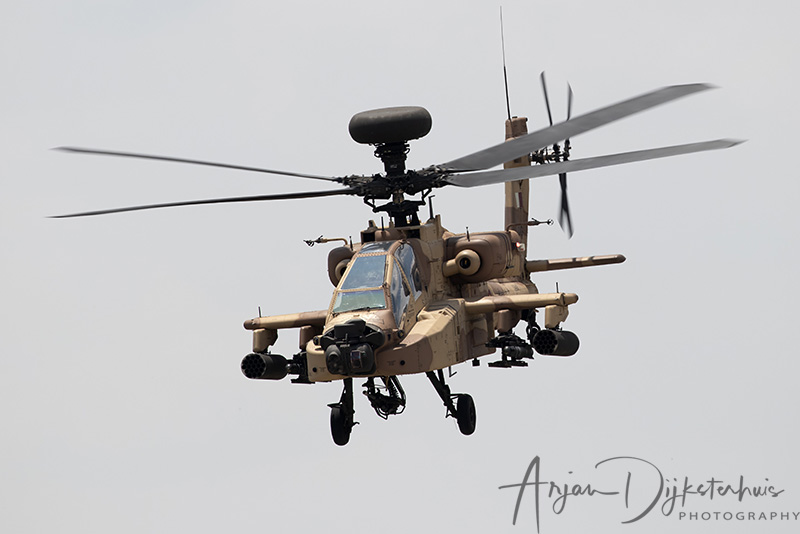
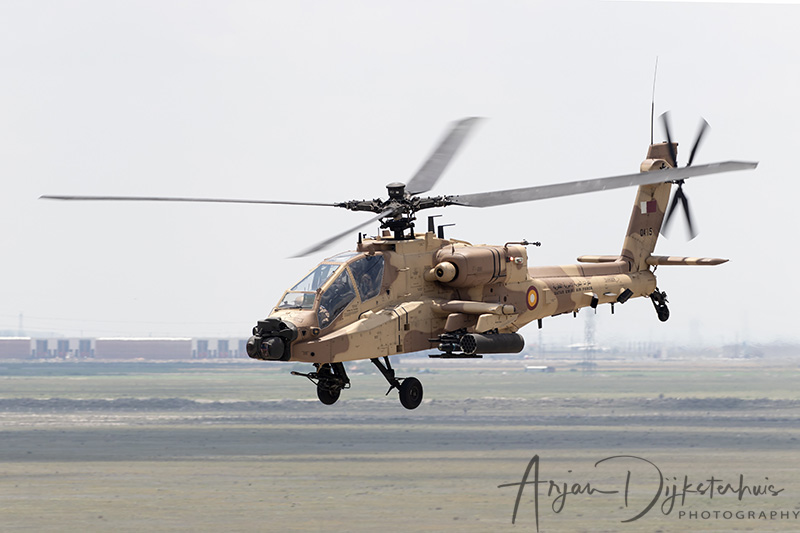
The weather did not cooperate during the exercise, several missions were cancelled due to bad weather. The exercise still provided a steep learning curve for many of the participants who are not always used to work on an international level when communication is key. This was also a challenge as not all the crews are used to speak English during their regular operations, even with English as a standard language in aviation.
